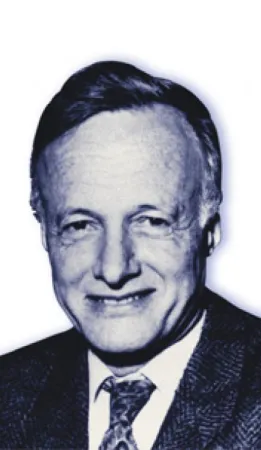Chemistry from all angles
This article was originally written and submitted as part of a Canada 150 Project, the Innovation Storybook, to crowdsource stories of Canadian innovation with partners across Canada. The content has since been migrated to Ingenium’s Channel, a digital hub featuring curated content related to science, technology and innovation.
Molly Gatt
Algonquin College Journalism Program
What set John Polanyi apart from other scientists was his ability to look at a problem from all angles. In school he thought science was dull because his teachers always had him follow the procedures to get one uniform answer. But Polanyi was fascinated by going beyond the curriculum to find new observations and discoveries.
Polanyi was 11 years old when his father sent him to Toronto to keep him safe from the bombings in Britain during World War II. He lived in Canada for three years before going back to Manchester, England to complete his studies. He completed his PhD in chemistry at Manchester University in 1952 and returned to Canada the same year to work at the National Research Council.
Polanyi’s time at the NRC sparked his interest in how and why chemicals react when they collide with one another. Instead of trying to find something completely new, he found new ways to look at what had already been discovered. This outside the box thinking created a new form of chemistry, known as reaction dynamics, winning him the Nobel Prize in chemistry in 1986. Polanyi also discovered what it takes to get molecules to come together: sometimes they need to be forced and other time they can be pushed softly together.
In 1956 he came to the University of Toronto as a lecturer and began studying how and why hydrogen and chlorine come together to make hydrogen chloride. His research would eventually result in another Nobel Prize and a full time job as a professor at the University of Toronto. Polanyi was inducted into the Canadian Science and Engineering Hall of Fame in 1992.


















